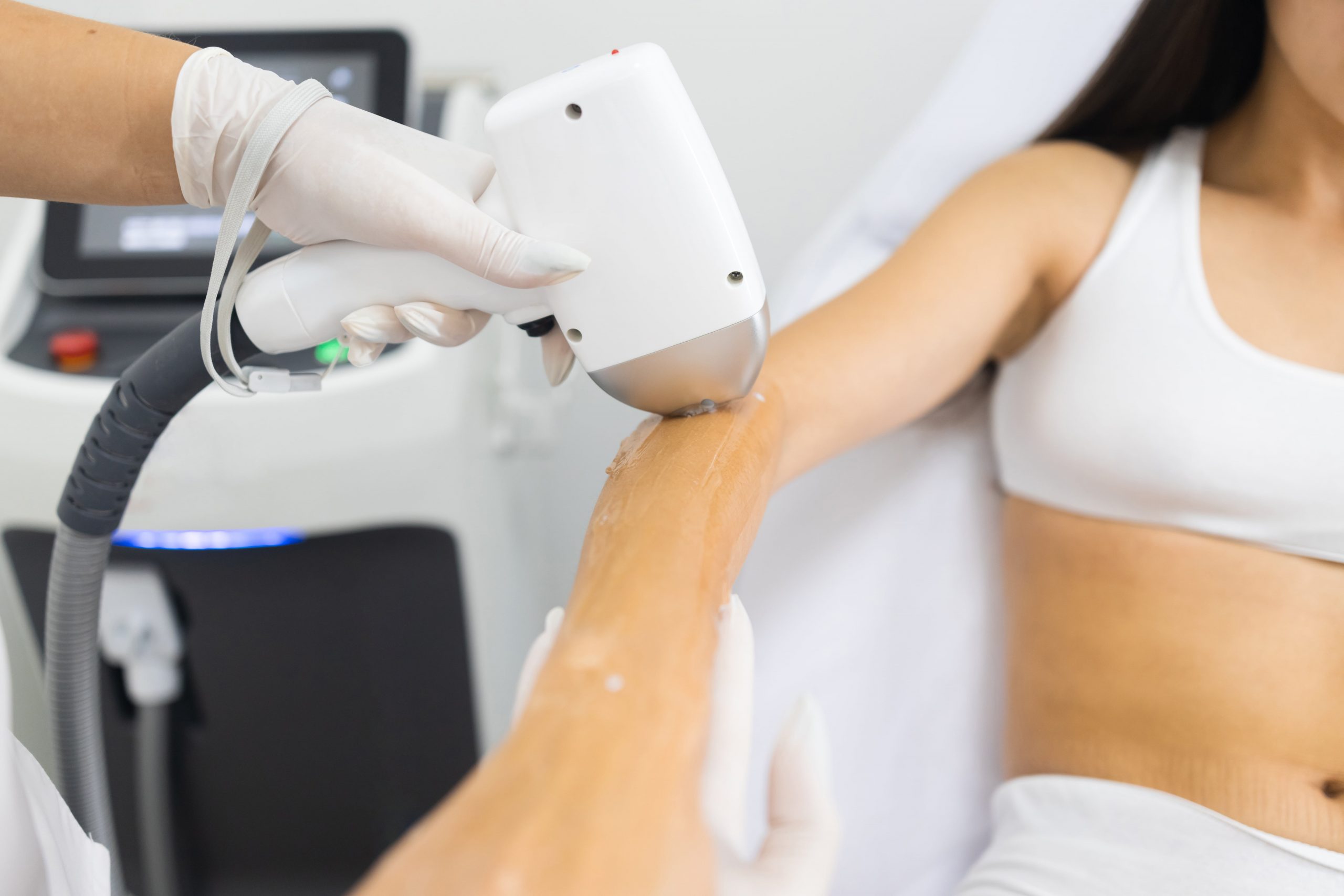The kidneys remove waste and excess water from the body, balance the volume of fluid in the blood, make red blood cells, regulate blood pressure, produce active vitamin D, and manage many other vital functions. When your kidneys aren’t working properly, these important functions are disrupted. This can cause rashes, swelling and other skin issues to develop.
Itching In CKD
Itching is one of the most common complaints among patients with kidney disease and it’s not surprising that it can affect your quality of life. Around half of people with advanced chronic kidney disease and about everyone with kidney failure who is receiving dialysis or conservative care will have itchy skin at some point, and it gets worse as your kidneys get weaker.
Uremic Pruritus
This type of itching is the result of a build-up of urea, which is a waste product, in the blood from poor kidney function. It is most common in people with end-stage renal disease (ESRD) who need to undergo hemodialysis.
In some cases, itching in ESRD is due to a complication of dialysis called xerosis. This is dryness of the skin and it affects 50 to 80% of patients on dialysis. It may be caused by a reduction in sweat production, elevated vitamin A levels or shrinkage of sebaceous glands.
Blisters And Swelling
Those with ESRD can also have swelling in their arms, legs, hands and face. This is caused by the body’s ability to retain fluid, which can happen anywhere on the body but usually occurs in the lower legs and feet. It can look like a shiny, tight skin and is often itchy.
Nail changes
Your nails can show signs of kidney disease by changing color or becoming thicker and darker. They can also change shape or become thinner and more pointed. These changes are a sign that your kidneys aren’t working well and you should see your doctor.
Acquired Perforating Dermatosis
A rash that forms in 2% to 11% of people who have begun dialysis is called acquired perforating dermatosis. These are small dome-shaped bumps that itch and can join together to form rough patches that eventually break up.
Other Skin Changes In CKD
Some of the most common skin problems that arise from kidney disease include extremely dry or xerosis skin, increased pigmentation and constant itching. These are caused by a lack of cleaning of the blood and can be treated with medication, lifestyle changes, or both.
Scaly, itchy skin is also very common in kidney disease and can be caused by a number of factors including blocked sweat glands, low potassium or magnesium levels, high blood pressure or other medical conditions such as diabetes. This itch is sometimes associated with infection and can lead to scarring, especially when you don’t treat it.
Itchy skin in kidney disease can be a real pain, but it isn’t impossible to live with. If your itching is severe and is affecting your sleep, you should talk to your health care provider. Your nephrologist can help you find a treatment that works for you. They can also recommend a dermatologist who can give you advice and prescribe medications that can provide some relief.




